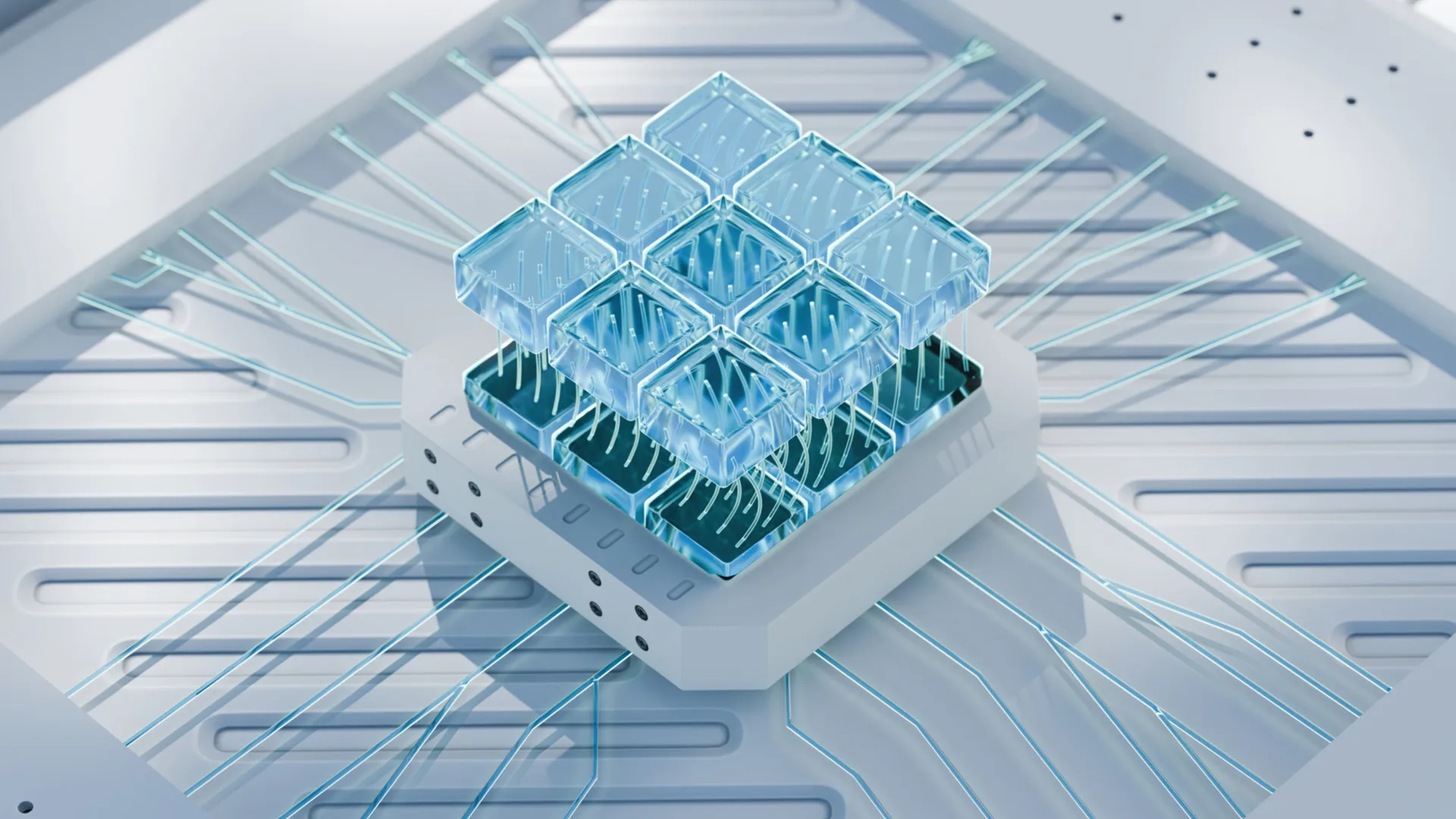
Imagine carrying a device in your pocket that can measure sea level rise with pinpoint accuracy, detect earthquakes hundreds of kilometers away, or even help hunt for elusive dark matter.
For decades, such precision has only been possible inside highly controlled physics labs, where cold atom experiments take up entire rooms with optical tables, racks of lasers, and delicate instruments.
However, now researchers at the University of California (UC) Santa Barbara are finding ways to shrink these setups into palm-sized chips. Their achievement could transform how we explore the quantum world and technologies ranging from navigation and climate monitoring to timekeeping and quantum computing.
“You can measure sea level rise, changes in sea ice, even earthquakes with a hundred-kilometer precision. Additionally, precise measurements of time in space will open up new avenues of gravitational experiments and search for new particles such as dark matter,” Daniel Blumenthal, lead researcher and a professor at UC Santa Barbara, said.
It’s really tough to make tiny quantum chips
The challenge has always been that cold atom experiments are highly complex. Atoms must be trapped, cooled almost to absolute zero, and probed with lasers tuned to astonishing levels of precision.
Until recently, this required bulky, vibration-free laboratory setups that were impossible to carry into the field or space. Blumenthal and his team, however, have spent more than a decade exploring the possibility—what if all the functions of an optical table could be miniaturized and built directly onto a chip?
Their research began with defense projects. The US Defense Advanced Research Projects Agency (DARPA) wanted smaller atomic clocks, which rely on the steady oscillations of atoms like cesium or rubidium.
The researchers worked on beam delivery, a system of lasers that trap and cool these atoms. However, they didn’t want to stop here. They wondered whether the entire optical table (lasers, mirrors, modulators, stabilizers, and frequency shifters) be shrunk and integrated onto a chip?
This was no small task. On a traditional optical table, every component is carefully aligned and stabilized. Replicating that precision on a chip requires not only advanced engineering but also new materials and designs.
Transforming bulky setups into miniaturized systems
To achieve this, the researchers relied on integrated photonics, a technology already powering telecommunications and medical devices. Photonic integrated circuits guide and manipulate light much like electronic chips do with electricity.
It took many years, but by 2023, the researchers hit a milestone. They created cold rubidium atoms using beams delivered by their photonic integrated 3D magneto-optical trap (PICMOT). The system used silicon nitride waveguides to deliver laser beams into a vacuum cell filled with rubidium vapor.
With the help of magnetic coils and carefully aligned beams, they managed to trap over a million atoms and cool them down to 250 microkelvin (about -460°F). “Colder atoms plus more atoms equals better precision and more sensitivity. It’s because you’re averaging the measurement out over more sensors,” Blumenthal said.
Then in 2024, they tackled another critical problem, noisy lasers. Many commercial lasers have broad, unstable linewidths, which make them unsuitable for quantum precision. The researchers developed an ultra-low linewidth, self-injection-locked 780 nm laser integrated on their silicon nitride chip.
Starting with an ordinary Fabry-Pérot diode laser, they cleared the noise using high-quality resonators and waveguides, producing stable, single-frequency light ideal for quantum sensing and computing. This chip-based laser not only rivaled conventional lab systems but, in some ways, performed better—offering faster feedback, lower noise, and greater stability.
The research is not over
With lasers, beam delivery, and optical control now working on chips, the researchers are close to replicating an entire optical table in miniature form. They’ve even extended their approach to trapped ions, another platform for quantum computers, where only a few atoms are needed.
In a partnership with the University of Massachusetts Amherst, they recently used integrated lasers to create ion-based qubits for the first time. This is a huge step toward compact quantum processors.
The implications of this research are vast. For instance, portable cold atom systems could provide navigation without GPS, detect underground structures, monitor climate change with unprecedented detail, and even enable space missions to test gravity and search for new particles.
Moreover, quantum computers built from these miniaturized systems could scale faster and at lower cost.
However, while trapped ions are already being brought onto chips, other components (vacuum cell, trapping hardware, and atom source) that require large numbers of atoms are still harder to miniaturize. The team is actively working on this problem.
In the coming years, they hope to combine all of these elements into a palm-sized device that can do what once required a whole lab.



